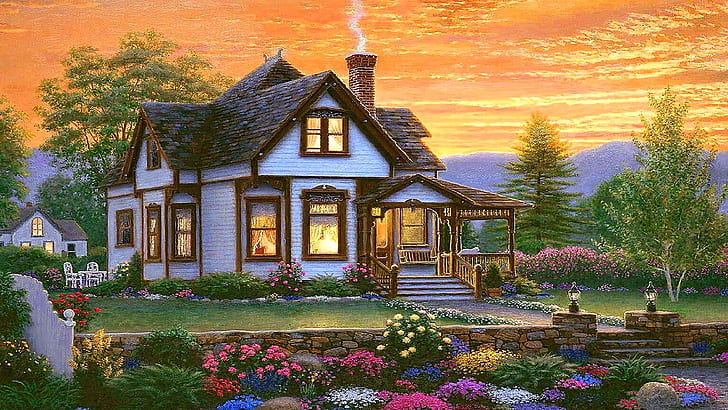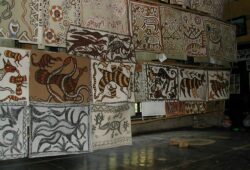The Art of Theatrical Scenery: Transforming Stages into Magical Worlds
 Posted On
Posted On
The world of theater is a realm where storytelling comes to life through the collaboration of talented actors, skilled directors, and creative designers. Among these unsung heroes of the stage, theatrical scenery holds a special place. The art of crafting and manipulating theatrical scenery is nothing short of magical, as it transports audiences to different times, places, and emotions. In this article, we will explore the enchanting world of theatrical scenery and the pivotal role it plays in the theater experience.
The origins of theatrical scenery can be traced back to ancient Greece, where elaborate stage designs were used to enhance performances. Over the centuries, the craft has evolved into a complex and specialized art form, with skilled professionals known as scenic designers at its helm. These artists are tasked with creating sets that not only provide a backdrop for the action but also help convey the mood and message of the play.
One of the most remarkable aspects of theatrical scenery is its ability to transport audiences to distant lands and eras. Whether it’s the bustling streets of 19th-century Paris in “Les Misérables” or the whimsical world of Neverland in “Peter Pan,” the set design plays a pivotal role in creating a sense of time and place. Through meticulous attention to detail, scenic designers can recreate historical periods with stunning accuracy, immersing the audience in a bygone era.
Furthermore, theatrical scenery has the power to evoke emotions and set the tone for a production. A stark, minimalist set can convey a sense of isolation or despair, while a vibrant, colorful backdrop can elicit joy and excitement. The choice of colors, textures, and architectural elements in the set design is carefully considered to align with the director’s vision and the themes of the play.
The transformation of a stage into a fantastical world is a testament to the ingenuity of scenic designers. In shows like “The Phantom of the Opera” or “Wicked,” the sets create an otherworldly atmosphere, where the boundaries between reality and fiction blur. Trapdoors, moving platforms, and hidden compartments are just a few of the theatrical tricks used to surprise and captivate the audience.
The collaborative nature of theater is exemplified in the relationship between scenic designers and other members of the production team. They work closely with lighting designers to ensure that the set is illuminated in a way that enhances the storytelling. Costume designers also collaborate to ensure that the costumes seamlessly blend with the set design, creating a cohesive visual experience.
However, the art of theatrical scenery is not without its challenges. Scenic designers must navigate practical constraints, such as budget limitations and the need for quick set changes during live performances. They must also consider the safety of actors and crew members when designing complex and dynamic sets.
In recent years, technological advancements have expanded the possibilities of theatrical scenery. The integration of digital projections and LED screens allows for even more dynamic and immersive set designs. These innovations can transform a static backdrop into a living, breathing environment, enhancing the audience’s engagement with the story.
In conclusion, theatrical scenery is a vital and enchanting aspect of the theater world. It serves as the canvas upon which stories are painted, transporting audiences to different worlds, eras, and emotional landscapes. The artistry and innovation of scenic designers continue to push the boundaries of what is possible on stage, enriching the theater experience for all who enter its magical realm. So, the next time you find yourself lost in the captivating world of a stage production, take a moment to appreciate the wonder of theatrical scenery and the talented individuals who bring it to life.



